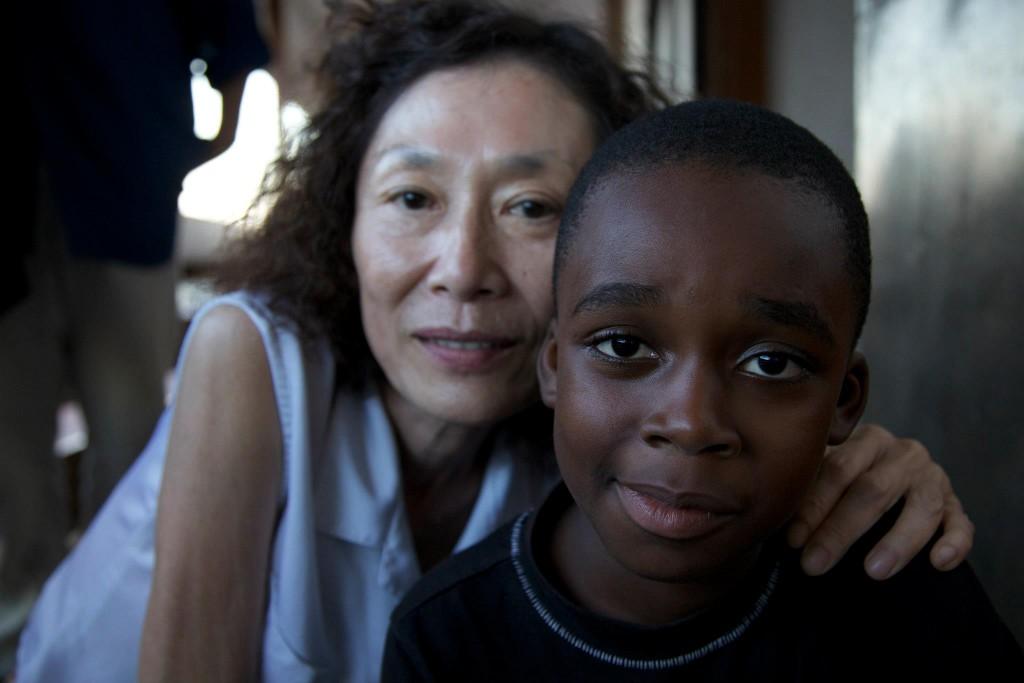NEW YORK—Four people were killed and 63 injured when a Metro-North passenger train derailed while rounding a riverside curve in the Bronx at 7.20 a.m on Sunday. The train derailed just after the Spuyten Duyvil station as it headed to Grand Central terminal from Poughkeepsie.
All of the passengers are believed to have been accounted for, according to Governor Cuomo, who spoke near the site of the derailment near the station. No train cars rolled into water, although the first car stopped just inches away from the shore where the Hudson and Harlem rivers meet.
Four of the seven train cars went completely off track, when the rear locomotive was pushing the cars up the hill that leads to the track toward Grand Central Terminal. The rest of train, including the locomotive, was off the tracks.
The National Transportation Safety Board (NTSB) is conducting the investigation and collecting data from the black box in the train to determine if the accident was speed related.
The speed limit on the curve is 30 mph, compared with 70 mph in the area before the curve, MTA spokeswoman Marjorie Anders said.
Officials estimated that between 100 and 200 people were traveling on the train that morning. The injured were taken to several nearby hospitals.
Joel Zaritsky was on his way to New York City for a dental convention.
“I was asleep and I woke up when the car started rolling several times. Then I saw the gravel coming at me, and I heard people screaming. There was smoke everywhere and debris. People were thrown to the other side of the train,” he said, holding his bloody right hand.
Passengers were taken off the derailed train, with dozens of them bloodied and scratched, holding ice packs to their heads.
Three of the four people killed were ejected from the train, officials say. Rescue workers had to use airbags to lift the train and remove the bodies.
Divers were in the river searching for possible additional victims who may have been ejected. Commuter trains do not have seat belts.
The crash was reported by the engineer, who was injured and is in stable condition at a hospital.
Neighborhood residents were awoken not by the train crash but by the response units.
“I was on my couch just watching TV. We hear screeching all the time,” said neighborhood resident Andrea Schloss. “I knew it was something wrong when a helicopter came unbelievably close to my window.”
Mike Gallo, a local who walks his pit bull in the park every day, was stunned by all the commotion. He watched the emergency crews escorting all the injured passengers across the tracks into ambulances.
“I saw people with neck collars on. I saw people being carried out. People who couldn’t walk were being helped, some people carried on stretchers. There were some that were lucky enough to walk away,” Gallo said. “It was horrific. It’s a dangerous curve here.”
Another resident who lives just up the block from where the train derailed, and can see the tracks from his apartment window, Danny Steiner, said that the 200 sirens woke him up.
“You hear the trains wheels screeching every night. The heavy cars trying to get up this hill here, and we say all the time ’something is going to happen'” Steiner said.
According to Steiner, the engineer was going too fast.
No criminal or terrorist activity is suspected, a senior state official told CBS.
Sunday’s accident is the second passenger train derailment in six months for the rail service and presents Metro-North with another problem in a year plagued by safety issues.
On May 17, an eastbound train derailed in Bridgeport, Conn., and was struck by a westbound train. The crash injured 73 passengers, two engineers and a conductor. Eleven days later, track foreman Robert Luden was struck and killed by a train in West Haven, Conn.
Earlier this month, Metro-North’s chief engineer, Robert Puciloski, told members of the NTSB investigating the May derailment and Ludent’s death that the railroad is “behind in several areas,” including a five-year schedule of cyclical maintenance that had not been conducted in the area of the Bridgeport derailment since 2005.
The NTSB issued an urgent recommendation to Metro-North that it use “redundant protection” such as a procedure known as “shunting” in which crews attach a device to the rail in a work zone alerting the dispatcher to inform approaching trains to stop.
“On a workday, fully occupied, it would have been a tremendous disaster,” said Salvatore Cassano, New York City Fire Commissioner, in a televised press conference.
The NTSB is scheduled to hold its first briefing at 4:30 p.m.
The Associated Press contributed to this report.





